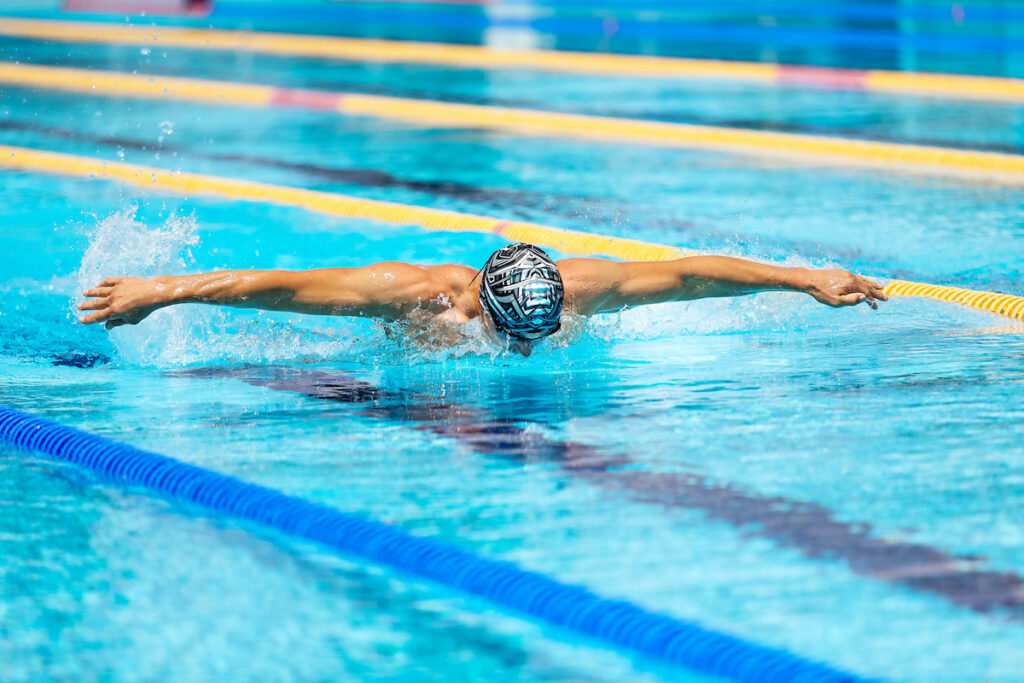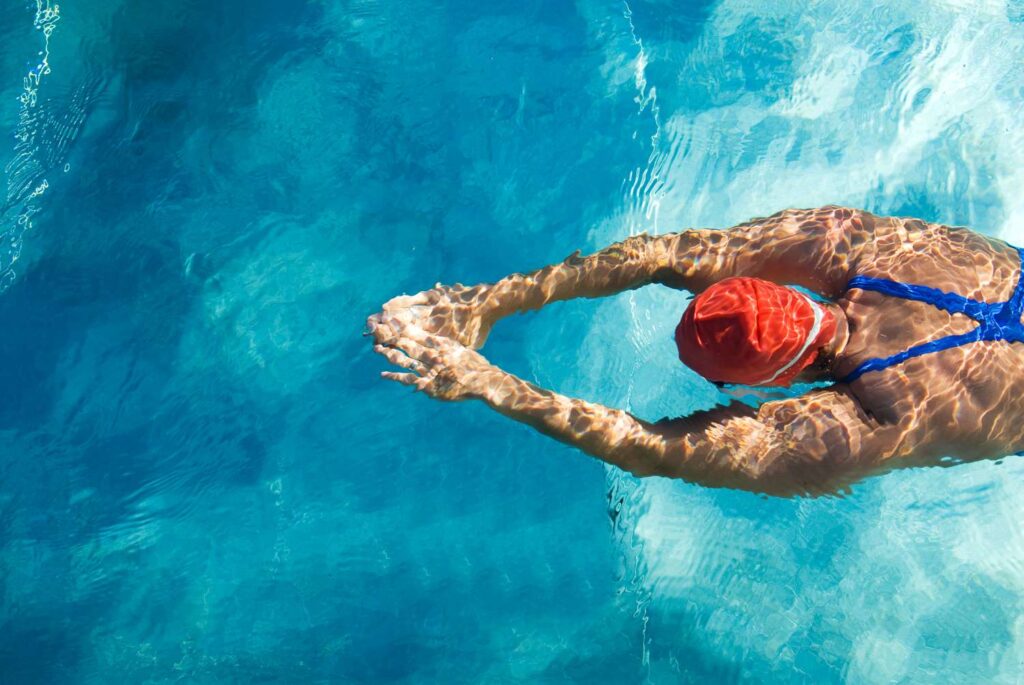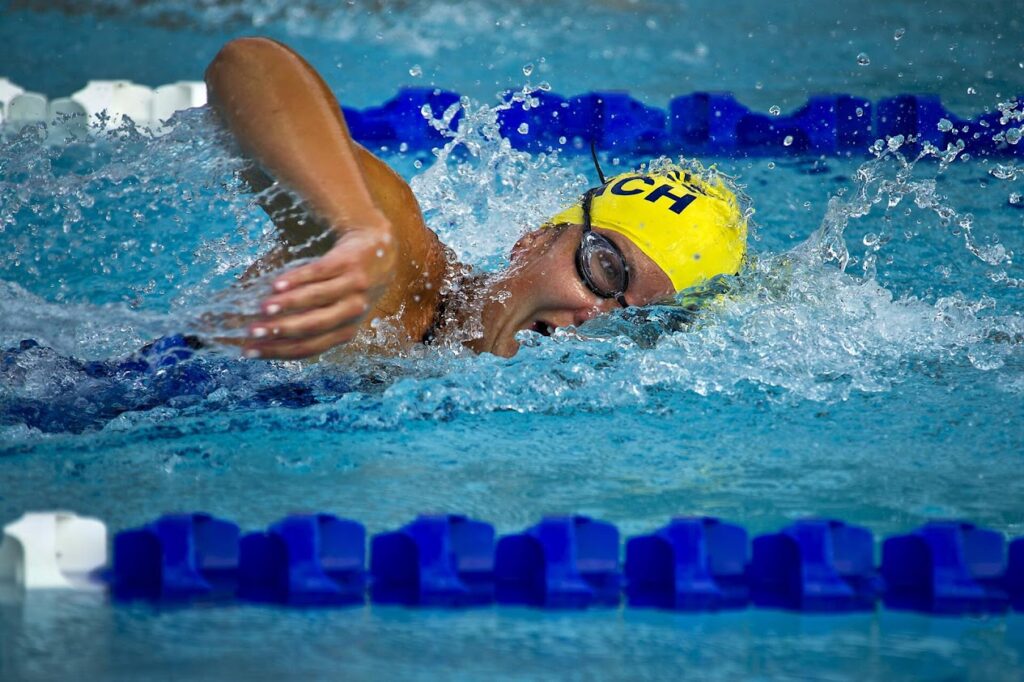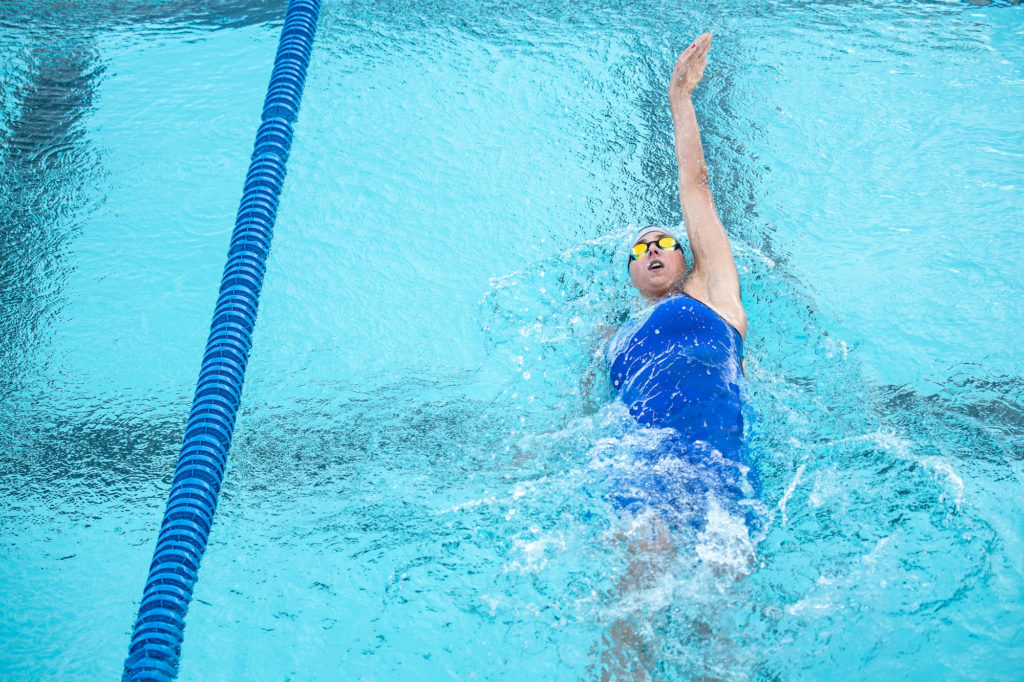Swimming is a great form of exercise, and swimming schools can be an excellent way to learn how to swim. However, the styles taught in swimming schools vary widely. In this article, I’ll go over some of the most popular styles taught at swimming schools and what they’re useful for.
What are the main types of swimming?
There are many different types of swimming lessons and it can be hard to know which type is best suited for you. Here are some of the main types:
1.Freestyle:
Freestyle is a front crawl style that is most often used in competition. It involves using all four limbs at once to propel yourself through the water, and it’s the fastest way to swim. Freestyle requires good shoulder flexibility, but it doesn’t really demand much in terms of strength or endurance.
2.Backstroke:
Backstroke, which is a freestyle stroke, is meant to swim with the arms and legs in a straight line. This means that the arms should be straight ahead of your body at all times when swimming backstroke.
Backstroke uses both arms and legs to propel you through the water. The leg kick is particularly important for this stroke because it helps keep your balance and propels you forward.
The freestyle stroke is essentially the same as the backstroke, except the arms are used to pull water through the motion of a dolphin kick. The key difference between these two strokes is that you only use one arm at a time in freestyle.
3.Butterfly

If you have never learned butterfly before, it is a good idea to start with this stroke. It’s not only easy to understand but also provides excellent support for your body and allows you to develop a strong sense of balance.
There are two components in butterfly: the dolphin kick and the flutter kick. This means that each arm has its own movement pattern so that one arm does not interfere with another and neither does one arm interfere with your legs or head position. The dolphin kick helps maintain proper body alignment while the flutter kick helps keep the face above water while breathing out through both nostrils (rather than just one).
Swimming strokes for beginners

There are many different swimming strokes for beginners. But, what is the best one for you?
The most important thing to consider when choosing a swimming stroke is your ability level. If you’re a beginner, it’s best to start with the Front crawl, Back floats, breaststroke, Survival stroke and Sidestroke.
If you feel unstable in the water, start with backstroke until you feel more comfortable. These five strokes are easy to learn and are great ways to increase endurance while working on technique at the same time.
Here are listed below:
4.Front crawl

Front crawl is the fastest swimming style and therefore, one of the most popular. Front crawl is a great choice for beginners because it’s easy to learn and has a low learning curve. It’s also appropriate for fitness swimmers who have no intentions of competing since front crawl is easy on your joints but still challenging enough to get your heart rate up.
Like many other strokes, front crawl can be used in competition settings by those who are interested in improving their times and getting faster through practice sessions with coaches or other swimmers.
5.Back floats
Back floats are a front crawl with your hands behind your head and feet in front of it. This is an excellent exercise for beginners because it helps build arm and leg strength as well as balance, but can also be used by more advanced swimmers to improve their stroke and refine their technique.
6.Survival stroke
The survival stroke is a slow, steady breaststroke. This stroke is perfect for those who are learning to swim or want a less strenuous way to exercise in the water. It allows you to practice your breathing and build up your endurance without any stress or frustration. The survival stroke is also an excellent choice if you ever get into trouble while swimming—since it’s slower than other strokes, it will allow more time for someone else to reach you before you run out of breath!
7.Sidestroke
The sidestroke is an easier stroke to learn than the breaststroke and backstroke, which are much more difficult to master. It’s also a great exercise for beginners because it uses less energy and provides more support than other strokes. The kick in the sidestroke is done with both legs at the same time, unlike in the breaststroke where one leg is used at a time. This means that you don’t have to worry about kicking rhythmically or coordinating your arms with your legs—just move them both together!
8.Breaststroke

The breaststroke is a swimming stroke that is performed on the breast. It’s very popular in competitions, and it’s also good exercise for beginners. If you’re new to swimming, you may want to try this style instead of freestyle or backstroke, as it includes movements that are easier on your body. The breaststroke also helps strengthen your upper body and core muscles while giving them an aerobic workout at the same time.
Conclusion
If you want to learn how to swim, there are many different options. The swim school is a great place to start if you’re interested in learning how to do any of the four strokes mentioned above. There are also private classes available for those who want private lessons with an instructor at their own home or facility–and this can be a great option for those who need additional help with certain aspects of their stroke technique.




